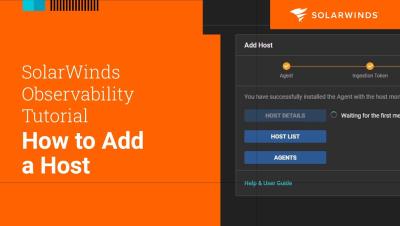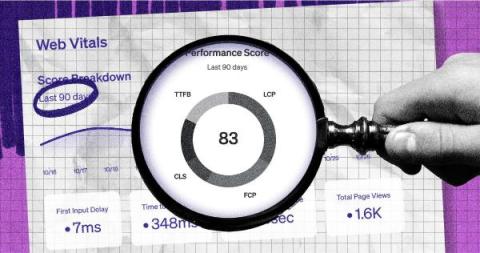What are the benefits of an observability solution from Splunk?
Organisations get a full-stack, end-to-end view of what is happening in a complex application environment. With Splunk Observability they can correlate logs, traces and metrics. They get a complete view of their application services, and can proactively see if something is going to happen and quickly detect the issue when a problem occurs.











